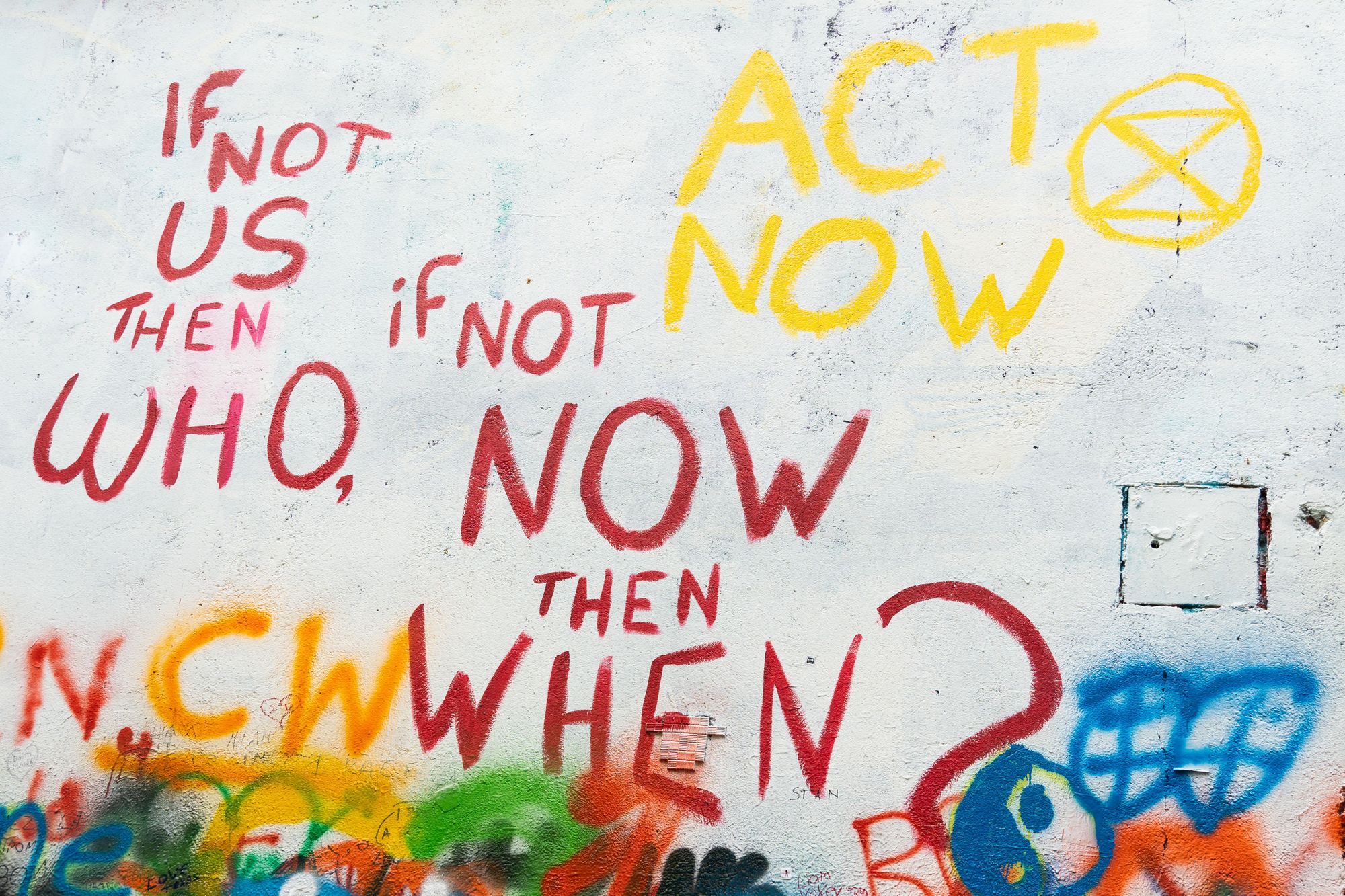What is crowd culture?
How do brands keep up with changing consumer attitudes and group beliefs and reach their target audience? It starts with understanding what crowd culture is.

Nothing is more important for retaining customers than brand loyalty. Thanks to the rise of social media, younger consumers have a much larger voice and presence in public opinion, not just brand awareness and loyalty.
Because Millennials and Gen Z dominate almost all social media platforms and outspend Baby Boomers, you should understand how they form online communities, so you can make appropriate marketing efforts to reach them. Nowadays, it is less about displaying your products uniquely or innovatively and more about making your brand fit the consumer's image of what you should be.
In an age of overabundant information and advertising, consumers tend to stick to communities they trust and have built for years. If you are looking to learn how to create brand loyalty and trust in the digital age, you should understand all aspects of crowd culture.

Defining crowd culture
In the context of marketing and branding, crowd culture refers to distinctive communities, both online and in-person, that share a certain set of collective values. The rise of crowd cultures and their dominance in shaping brand culture is primarily thanks to the current social media landscape.
From people’s pockets, no matter where they are in the world, are smart devices that can share, send, and receive messages and information. More now than ever before, if you have a strong opinion about the world, a company, a brand, or a person, you can spread it to a broad audience.
Sometimes people use the term “crowd culture” interchangeably with “subculture,” and while the two have similarities, they aren’t the same.
Unlike subcultures, crowd cultures generally focus on people’s attitudes and feelings toward a particular product, service, brand, or person. Additionally, people in subcultures are more internet-focused, which means their values and activities rarely relate to the world itself and are more of a form of fanaticism or escapism.
Crowd culture: The next step in online advertising
How much does it cost to run a celebrity-indorsed ad on primetime TV during the finals of the World Cup? What about the Super Bowl?
Nowadays, way too much, which is why many top brands are saying no to running Super Bowl commercials and advertising during other large events. Big-budget marketing initiatives often fail to reach communities because the messaging is too broad for such a diverse group of people.
Most companies are much more successful nowadays targeting niche communities than broad groups. Consumers are looking for authenticity and purpose in brands. General messaging gives distance between the consumer and the brand. Even if a brand characteristically acts against its best interest, consumers now look for brands to be genuine with their approach.
Young consumers think to themselves: “I get you are selling a product or service, but ultimately, I make the purchasing decision. If you step out of line and go against my set of values and beliefs, then I’ll be sure to spread my disapproval of your company to my community of like-minded peers.”

Crowd culture can also have positive effects. If a brand’s actions really resonate with a consumer, then they’ll be sharing their approval of their brand in person and to their social media followers. Positive interactions with one person spread through word-of-mouth to a bunch of other people.

The crux of succeeding by targeting crowd cultures can be boiled down to this phrase “you only need to capture the queen bee to get the hive.” Whether through a paid influencer, random interaction, or a well-thought-out marketing campaign, you can capture group loyalty by understanding more about the motivation and interests driving a crowd.
Save time and money when creating and distributing high-quality content with ContentGrow. Sign up to get your campaign started or book a quick call with our team to learn more.





